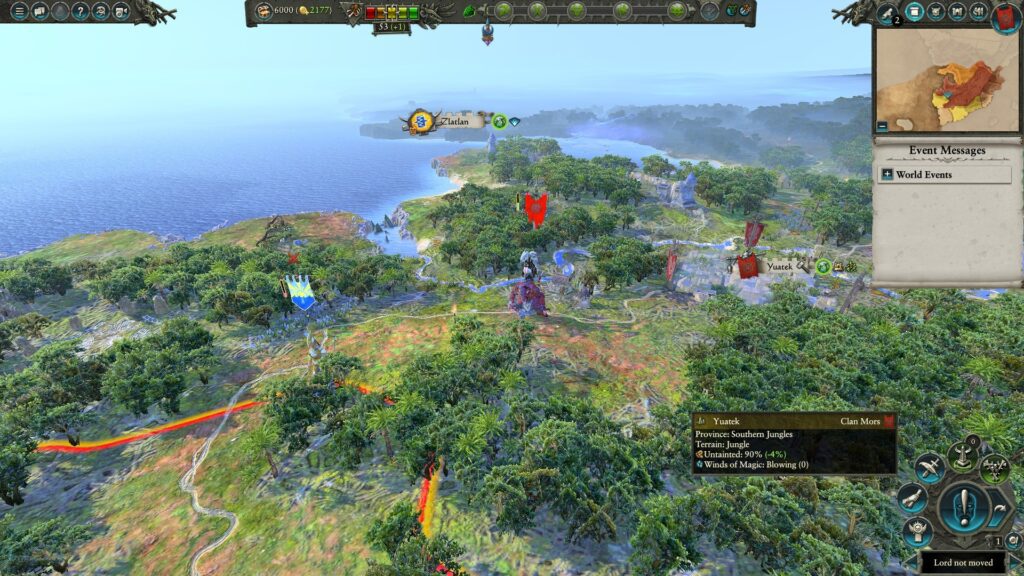Textures are an integral part of video game design, giving each object and character its unique look and feel. Without textures, a game would appear flat and lifeless. Textures come in various styles like realistic, cartoonish, sci-fi, and grunge, and each style is suitable for different types of games. The use of textures can help create a unique atmosphere and evoke specific emotions while disguising the limitations of the game itself. Creating textures is time-consuming but crucial, and high-quality textures can take a game from looking mediocre to looking fantastic.
The Magic of Textures: How They Enhance Video Game Visuals
———————————————————
Introduction
————
Video games have come a long way from where they began, and much has changed since the pixelated graphics and clunky movements of early games. A lot of this change can be attributed to the addition of textures, which have become a critical component of visual design in video games. A game’s textures are the images used to cover surfaces within the game’s environment, and they’re what give each object and character in the game its unique look and feel. In this article, we’ll explore the magic of textures and how they enhance video game visuals.
What Are Textures?
——————-
Textures are essentially the skin of a video game environment. They’re the images that are applied to every surface in a game, from the brick walls of a castle to the fur of a character’s pet dog. Without textures, each object in a game would look flat and lifeless, lacking the depth and detail that textures provide.
Types of Textures
——————
Textures come in a range of different styles, dependent on the nature of the game’s environment. Common texture styles include:
1. Realistic Textures
2. Cartoonish Textures
3. Sci-fi Textures
4. Grunge Textures
Realistic textures are the most common type of textures, used in games that strive for photorealism. These types of textures work best in games that simulate real-world environments, such as racing or sports games. Cartoonish textures, on the other hand, are used in games that prioritize a more whimsical and exaggerated aesthetic, such as platformers.
Sci-fi textures tend to have a more futuristic look than other textures and are commonly used in games that are set in space or otherworldly settings. Finally, grunge textures are used in games that feature post-apocalyptic settings, such as post-zombie apocalypse games, and are characterized by grime, rust, and dirt.
The Role of Textures in Video Game Design
—————————————–
Textures play a vital role in the design process of video games. They’re often the first things that players will notice about a game, and it’s crucial to get them right. The use of textures can help create a unique atmosphere in a game, whether it be a sunny beach setting, a creepy forest, or a futuristic city. Texture designs can also help evoke specific emotions, like happiness, sorrow, or fear.
Textures help to disguise the limitations of the game itself, such as the number of polygons or the level of detail. If a developer isn’t able to model every single detail of an object or character, they can use textures to create the illusion of depth and complexity.
Creating Textures
——————
Textures can be created in a variety of ways. Some developers prefer to create them using 3D modeling software, while others rely on digital painting software, such as Adobe Photoshop, to create textures. There are also programs specifically designed for creating textures, such as Substance Painter and Quixel Suite.
The process of creating textures can be an incredibly time-consuming task, but the results are worth it. High-quality textures can take a game from looking mediocre to looking fantastic.
Conclusion
———-
In conclusion, textures play an essential role in video game design. They’re what bring a game to life, giving each object and character its individuality and personality. A game’s textures can help create a unique atmosphere within the game, evoke specific emotions, and disguise the limitations of the game itself. Properly designing textures can take a game from looking unremarkable to amazing. Texture creation is a complex and involved process, but the end result is always worthwhile. Whether creating realistic, cartoonish, sci-fi, or grunge textures, video game developers always seek to make each texture have its individual character and enhance the overall game to another level.
